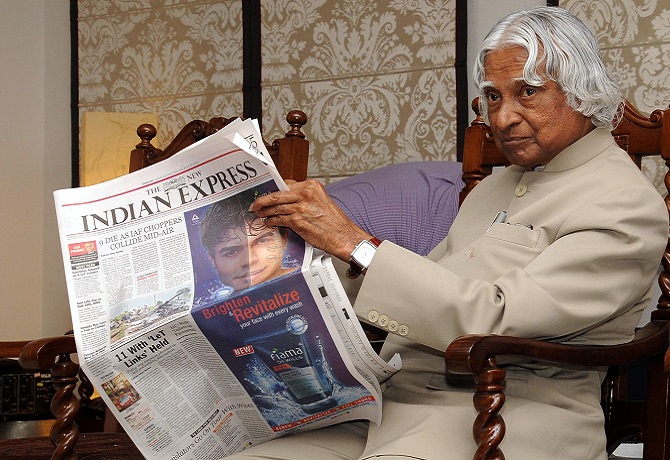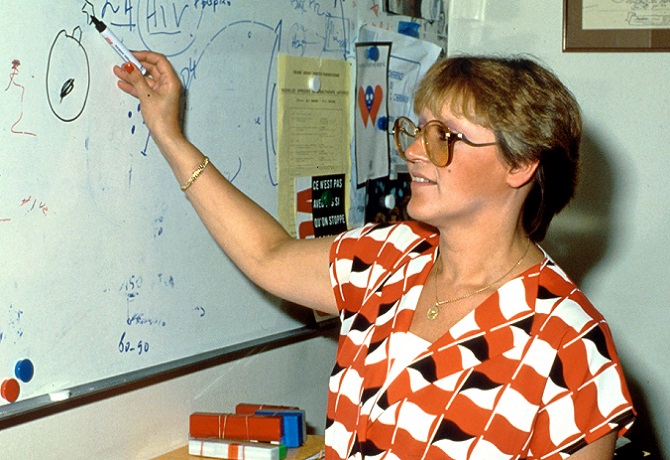Isaac Newton was born on January 4, 1643 in the tiny village of Woolsthorpe-by-Colsterworth, Lincolnshire, England. Beginning at age 12, Newton attended The King’s School, Grantham, where he was taught the classics, but no science or mathematics. When he was 17, his mother stopped his schooling so that he could become a farmer. Fortunately for the future of science Newton found he had neither aptitude nor liking for farming; his mother allowed him to return to school, where he finished as top student.
In June 1661, age 18, Newton began studying for a law degree at Cambridge University’s Trinity College, earning money as a personal servant to wealthier students. By the time he was a third-year student he was spending much of his time studying mathematics and natural philosophy (today we call it physics). Newton began to disregard the material taught at his college, preferring to study the recent (and more scientifically correct) works of Galileo, Boyle, Descartes, and Kepler. In 1665, at age 22, a year after beginning his four-year scholarship, Newton made his first major discovery: this was in mathematics, where he discovered the generalized binomial theorem. He was awarded his B.A. degree in the same year.
By now his mind was ablaze with new ideas. He began making significant progress in three distinct fields – he would make some of his most profound discoveries in these fields: calculus, gravity, optics and the behavior of light. At age 24, in 1667, Newton returned to Cambridge, where events moved quickly. The Lucasian Professor of Mathematics at Trinity College, Isaac Barrow, resigned and Newton was appointed as his replacement; he was just 26 years old.
Newton was the first person to fully develop calculus. Calculus is the mathematics of change. Newton discovered the equation that allows us to calculate the force of gravity between two objects. His three laws of motion still lie at the heart of mechanics, although they became increasingly inaccurate when speeds reach substantial fractions of the speed of light, or when the force of gravity is very large. Einstein’s equations are then required to produce reliable results. He built the world’s first reflecting telescope. This telescope focuses light from a curved mirror.
In 1696, Newton was appointed as a Warden of the Royal Mint. In 1700, he became Master of the Mint, leaving Cambridge for London, and more or less ending his scientific discovery work. He took his new role very seriously, going out into London’s taverns in disguise gathering evidence against counterfeiters. In 1703, he was elected President of the Royal Society. In 1705, he was knighted, becoming Sir Isaac Newton. Isaac Newton died on March 31, 1727, age 84. He had never married and had no children.
BOOK RECOMMENDATION-
Newton and the Origins of Civilization
by Jed Z. Buchwald & Mordechai Feingold



